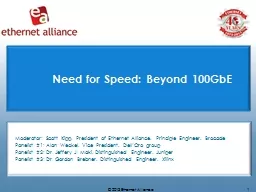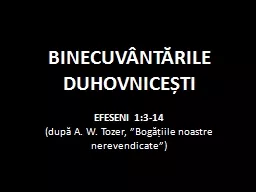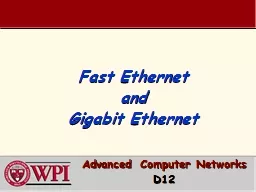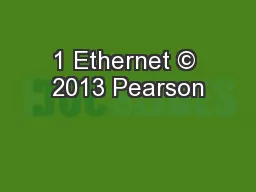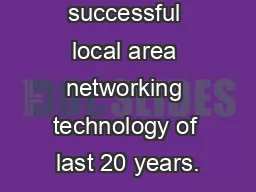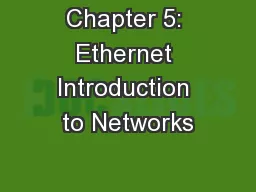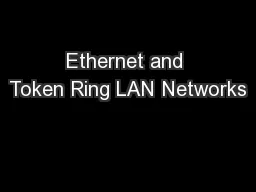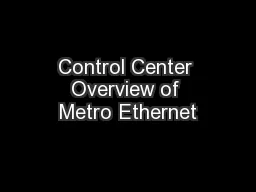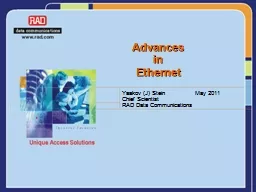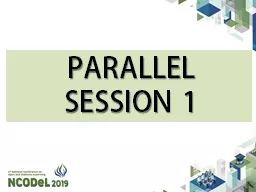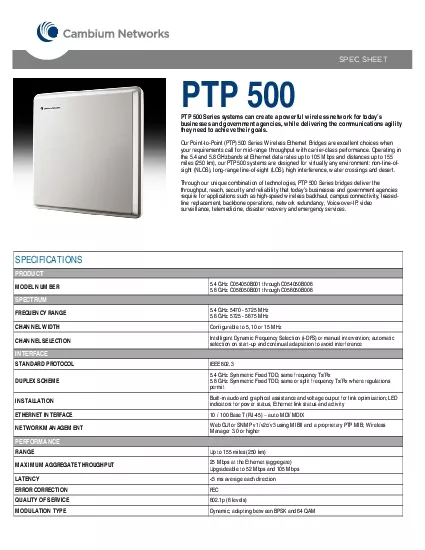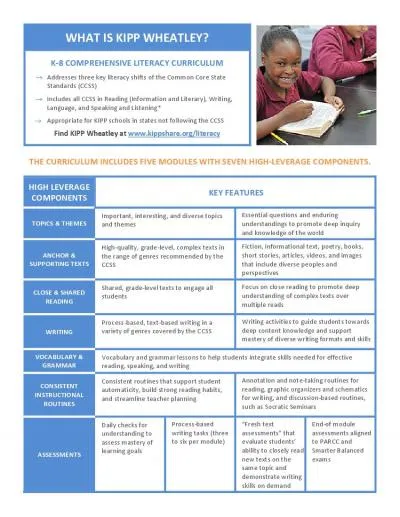PPT-Moderator: Scott Kipp, President of Ethernet Alliance, Prin
Author : lindy-dunigan | Published Date : 2016-07-17
Panelist 1 Alan Weckel Vice President DellOro group Panelist 2 Dr Jeffery J Maki Distinguished Engineer Juniper Panelist 3 Dr Gordon Brebner Distinguished Engineer
Presentation Embed Code
Download Presentation
Download Presentation The PPT/PDF document "Moderator: Scott Kipp, President of Ethe..." is the property of its rightful owner. Permission is granted to download and print the materials on this website for personal, non-commercial use only, and to display it on your personal computer provided you do not modify the materials and that you retain all copyright notices contained in the materials. By downloading content from our website, you accept the terms of this agreement.
Moderator: Scott Kipp, President of Ethernet Alliance, Prin: Transcript
Download Rules Of Document
"Moderator: Scott Kipp, President of Ethernet Alliance, Prin"The content belongs to its owner. You may download and print it for personal use, without modification, and keep all copyright notices. By downloading, you agree to these terms.
Related Documents

